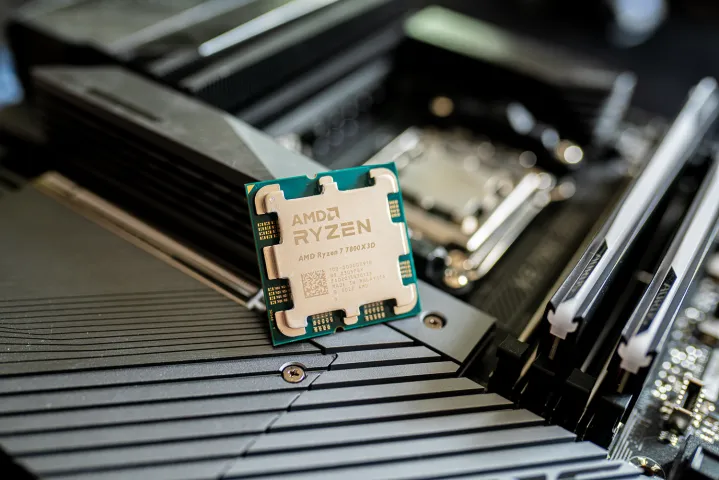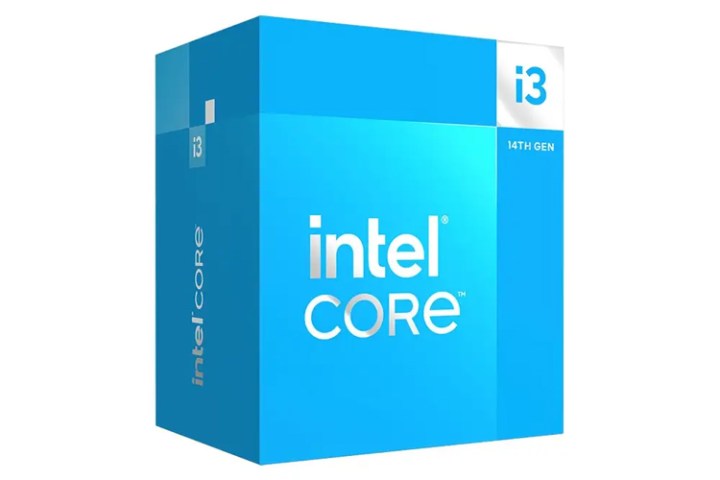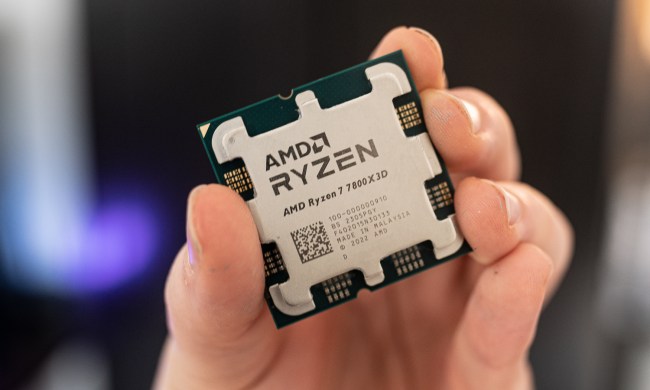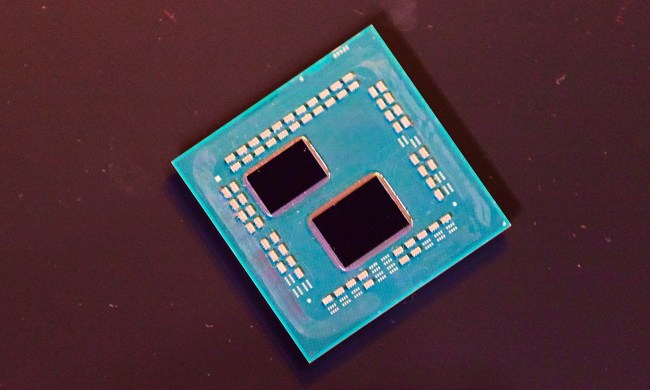
If you’re buying or building an ultra-budget PC, then two of the best CPU options around $100 are the AMD Ryzen 5 5600, and the Intel Core i3-14100F. These chips come from two different manufacturers from different generations, and are built on very different designs. But which is best? It depends what you want to do with your new PC, and how strict you’re being in terms of budget.
Here’s how the Ryzen 5 5600 and Core i3-14100F compare, so you can make a smart purchasing decision for you.
Pricing and availability
The AMD Ryzen 5 5600 was released in April 2022 with a list price of $200. That’s come down significantly since then, with the average 5600 priced at $135, and it is widely available among a range of retailers. It sits alongside the Ryzen 5500, which costs around $100 and has a lower clock speed.

The Intel Core i3-14100F launched in January 2024 with a suggested retail price of $109. Most retailers have it at around $120 at the time of writing. It’s widely available at a range of retailers. It sits alongside the slightly more expensive Core i3-14100 (non-F), with the only difference being that it has an onboard GPU and a 2-watt-higher TDP.
Specs
| AMD Ryzen 5 5600 | Intel Core i3-14100F | |
| Cores/threads | 6/12 | 4/8 |
| Base clock | 3.5GHz | 3.5GHz |
| Boost clock | 4.4GHz | 4.7GHz |
| L2+L3 cache | 35MB | 17MB |
| TDP | 65W | 58W/110W |
| Price | $130 | $120 |
These two CPUs are more of a straightforward comparison than some of our other head-to-head matchups of recent generations, because the 14100F only uses the single-core architecture. It has four performance cores based on the Raptor Cove architecture, with no efficiency cores — unlike the rest of its generation. However, it does support hyperthreading, so it still supports eight threads, and it has a near-5GHz boost clock.
The Ryzen 5 5600 has a standard six core/12 thread configuration, with a more modest boost clock, but much more cache and a lower TDP. In the real world, it typically draws around 70W, but that’s still a lot less than the 14100F.
Performance
In real-world testing, these two processors go toe-to-toe with each other fairly well, trading blows depending on the application. In HWCooling’s testing, the Core i3-14100F fell behind the Ryzen 5600 quite notably in 3DMark tests, by between 8% and 18% — those extra cores really give the Ryzen CPU a leg up there, it seems.
In some games, the roles are reversed, with the Core i3-14100F proving itself the better CPU by as much as 10% in games like Assassin’s Creed Valhalla. But in most games, the Ryzen 5 5600 holds a notable, but modest lead of around 5% greater frames per second (fps) at 1080p. The difference was less noticeable at 1440p, and basically no-existent at 4K, although you will hamstring your performance with either of these CPUs at that resolution, depending on your GPU.

The extra cores offered by the Ryzen 5 5600 give it an advantage in most professional tasks, too. It ends up being almost twice as fast as the Core i3-14100F in decompression and encryption tasks, and it’s faster for video encoding, too.
That’s the case despite the fact that it draws a lot less power. The Core i3-14100F can pull its full-rated 110W when it’s working particularly hard, while the Ryzen 5 5600 barely breaks out of its 65W rating.
Upgrade potential
Both of these CPUs are based on dead-end platforms. That is, you aren’t going to be able to replace either of these processors with a next-generation model, unless you’re going to replace the motherboard (and likely memory) too. That said, there is a lot of upgrade potential within these generations.
For the Ryzen 5 5600, you have the option of standard Ryzen 5000 CPUs with more cores, like the 5700X, 5900X, and 5950X, which have eight, 12, and 16 cores, respectively. These CPUs aren’t the cheapest, despite their age, so it will still be worth considering upgrading to a new platform entirely when the time comes, but you have some solid options. The more niche 5800X3D is particularly impressive for offering relatively competitive performance with modern systems in terms of gaming.
On Intel’s side of things, you have the option of massively expanding your core count and performance to well in excess of what’s on offer for the AMD system. The 14400 has 10 cores, the 14600K has 14, and 14900K has as many as 24. However, these are split into performance and efficiency cores, so the performance gains aren’t linear and the higher-end processors draw a lot of power. The top chips go well in excess of 250W, so they place much greater demands on cooling, although you can go to the very cutting edge of processor performance if you wish — you’d just probably want to also upgrade your memory and motherboard to take full advantage.
5600 vs 14100: What’s the best CPU?
With the price of these two CPUs being within around $10 of each other, it really has to come down to how they perform. On that front, the Ryzen 5 5600 is the better processor. It’s faster in most games and applications, leveraging its additional cores and greater thread support to deliver more impressive multi-threaded performance. It also does it at around two-thirds the power draw, which makes it easier to cool and cheaper to run.
The 14100F is the most impressive Core i3 CPU Intel has ever made, but its limitation of just four cores is holding it back from being a true contender, here. Its power draw is also very high for such a modest processor.
Neither of these processors have the best upgrade paths, but the 5800X3D offers a tantalizing upgrade for Ryzen 5 5600 gamers. Those buying the 14100F have greater upgrade performance potential, but the 14th generation is not the most beloved of lines, and it still won’t offer anything beyond what’s already available.
Want an even cheaper processor that’s still competitive with both of these options? The Ryzen 5 5500 can be had for around $95 when it’s on sale.




